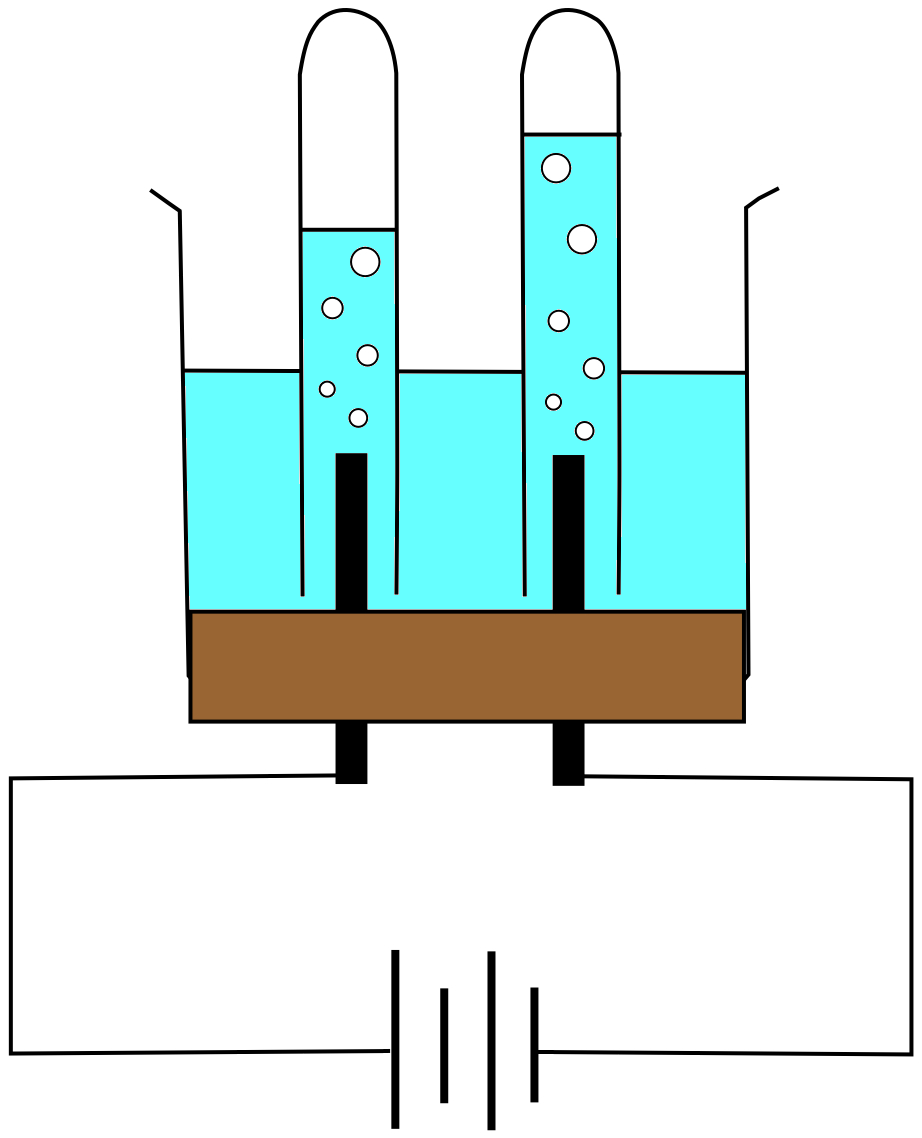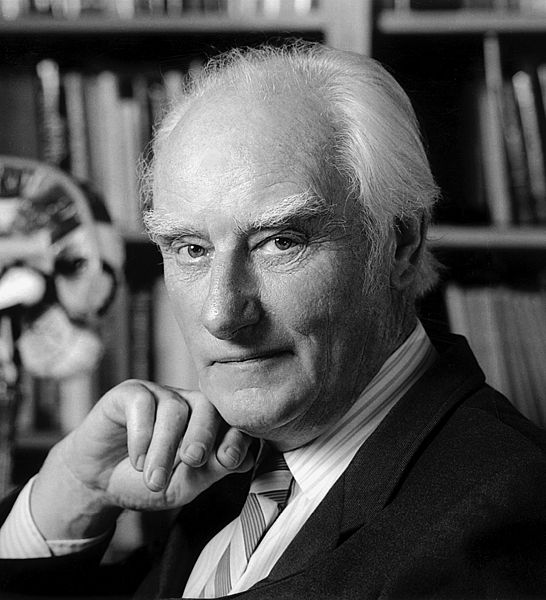The Sarvāstivāda School ostensibly forms part of the background against which the Prajñāpāramitā literature developed. Indeed many see the early Prajñāpāramitā texts as taking the time to refute certain Sarvāstivādin ideas. Nāgārjuna appears to be in a conversation with Sarvāstivādins. This suggestion of a conflict between Prajñāpāramitā and Sarvāstivāda is an important one for understanding the Prajñāpāramitāhṛdaya. This is because, despite the received tradition about when it was composed, and despite various late sectarian commentaries, the Hṛdaya is largely made up of chunks of texts from the Pañcaviṃśatisāhasrikā Prajñāpāramitā Sūtra and thus has more in common with the outlook of early rather than late Prajñāpāramitā thought.
The Sarvāstivādins are also intrinsically interesting in that they seem to have been the dominant Buddhist school in India for a considerable length of time. There seem to be two main reasons we know less about them than we do about the Theravādins. Firstly their texts mainly only survive in Chinese translation and until relatively recently Westerners have not been very interested in these texts (possibly influenced by the linguistic demands of having to know at least Sanskrit, Pali and Classical Chinese in order to study the literature); or in fact interested only where Sanskrit "originals" are known to exist (Cf. Which Mahāyāna Texts?). Secondly, the focus has long been on Theravāda as representative of early Buddhism. But if any Buddhist school "represents" early Indian Buddhism it is the Sarvāstivāda.
A third reason we might not think of them as representative is that early Buddhist was eventually eclipsed first by Mahāyāna Buddhism (though very often on the basis of the Sarvāstivādin Vinaya) and then Tantrism. So that even where monks follow a rule based on the (Mūla)Sarvāstivāda Vinaya and study Abhidharma through commentaries on the Sarvāstivāda Abhidharma (cf. Nietupski 2009), they don't identify themselves as Sarvāstivādins.
The Sarvāstivādins are also intrinsically interesting in that they seem to have been the dominant Buddhist school in India for a considerable length of time. There seem to be two main reasons we know less about them than we do about the Theravādins. Firstly their texts mainly only survive in Chinese translation and until relatively recently Westerners have not been very interested in these texts (possibly influenced by the linguistic demands of having to know at least Sanskrit, Pali and Classical Chinese in order to study the literature); or in fact interested only where Sanskrit "originals" are known to exist (Cf. Which Mahāyāna Texts?). Secondly, the focus has long been on Theravāda as representative of early Buddhism. But if any Buddhist school "represents" early Indian Buddhism it is the Sarvāstivāda.
A third reason we might not think of them as representative is that early Buddhist was eventually eclipsed first by Mahāyāna Buddhism (though very often on the basis of the Sarvāstivādin Vinaya) and then Tantrism. So that even where monks follow a rule based on the (Mūla)Sarvāstivāda Vinaya and study Abhidharma through commentaries on the Sarvāstivāda Abhidharma (cf. Nietupski 2009), they don't identify themselves as Sarvāstivādins.
In her discussion of the Sarvāstivādin school Professor Collett Cox makes an interesting point about the name of the school. She says:
As encapsulated in the name 'Sarvāstivādin,' the Sarvāstivādins are characterized as maintaining that "everything exists" (sarvam asti). However, the simplicity of this ontological assertion contains the seeds of doctrinal divergence because the referent of the term 'everything' and the manner in which this "everything" is considered to "exist" must be specified. Certain early Abhidharma texts identify the term 'everything' in the declaration that "everything exists" as referring to the twelve sense spheres including the six sense organs and their corresponding object-fields. So also the *Mahāvibhāṣā, in a discussion of the twelve sense spheres, cites a sūtra passage in which the term everything' is defined by the Buddha as "precisely the twelve sense spheres from the form sense sphere (rūpāyatana) up to and including the factor sense sphere (dharmāyatana).
I want to make a short digression to point out that Buddhists very often use the word asti not as a verb (3rd person singular indicative) 'it exists' but as an action noun meaning 'existing, being'. Thus we don't need to syntactically derive sarvāsti in Sarvāstivāda from the sentence sarvam asti 'it all exists', with an awkward silence over why sarvam loses it's case ending; but can treat the word as a karmadhāraya compound sarva-asti'everything existing'.
The sūtra passage referred to in the Mahāvibhāṣā (Cox's asterisk means the Sanskrit title is reconstructed from Chinese) probably corresponds to the Pāli Sabba Sutta (SN 35.23). This sutta has a Chinese parallel from one of the two Saṃyuktāgama translations (T 99 #319, 91a24-b03) this one being attributed to the Mūlasarvāstivāda School. "T 99 is widely considered to have been translated in the period 435-443 CE from a Sanskrit Saṃyuktāgama brought to China from Sri Lanka." (Bucknell 2011). Since I see this as a seminal text, and as it seems directly related to the Sarvāstivāda School, I will present my rough translation of the Taisho Tripiṭaka version.
The sūtra passage referred to in the Mahāvibhāṣā (Cox's asterisk means the Sanskrit title is reconstructed from Chinese) probably corresponds to the Pāli Sabba Sutta (SN 35.23). This sutta has a Chinese parallel from one of the two Saṃyuktāgama translations (T 99 #319, 91a24-b03) this one being attributed to the Mūlasarvāstivāda School. "T 99 is widely considered to have been translated in the period 435-443 CE from a Sanskrit Saṃyuktāgama brought to China from Sri Lanka." (Bucknell 2011). Since I see this as a seminal text, and as it seems directly related to the Sarvāstivāda School, I will present my rough translation of the Taisho Tripiṭaka version.
*Sarva Sūtra (Title not given in Chinese).
如是我聞。一時。佛住舍衛國祇樹給孤獨園。
Rú shì wǒ wén. Yī shí. Fú zhù shěwèiguó qíshù gěigūdúyuán.
Thus have I heard, one time, the Buddha was staying in Śravāsti (舍衛國) in the Jeta Grove of Anathapindada.
時。有生聞婆羅門往詣佛所。共相問訊。問訊已。退坐一面。
Shí. Yǒu Shēngwén póluómén wǎng yì fú suǒ. Gòng xiāng wèn xùn. Wèn xùn yǐ. Tuì zuò yī miàn.
Then, Jānussoṇī, the brahmin, approached the Buddha, exchanged greetings, and retreated to one side.
白佛言。瞿曇。所謂一切者。云何名一切。
Bái fú yán. Qútán. Suǒwèi yīqiè zhě. Yún hé míng yīqiè.
He said to the Buddha, "Gautama, 'all' (一切 yīqiè = Skt. sarvaṃ) is said, what is 'all'?"
佛告婆羅門。一切者。謂十二入處。眼色.耳聲.鼻香.舌味.身觸.意法。是名一切。
Fú gào póluómén. Yīqiè zhě. Wèi shí èr rù chù. Yǎnsè. Ěr shēng. Bí xiāng. Shé wèi. Shēn chù. Yì fǎ. Shì míng yīqiè.
The buddha answered the Brahmin, "'All' is namely the 12 āyatanas: eye & form (colour), ear & sound, nose & smell, tongue & taste, body & touch, mind & dharmas. This is called 'all'.
若復說言此非一切。沙門瞿曇所說一切。
Ruò fù shuō yán cǐ fēi yīqiè. Shāmén Qútán suǒ shuō yīqiè.
Even if the words were said 'this is not all', Śrāmana Gauatama says this is 'all'.
我今捨。別立餘一切者。
Wǒ jīn shě. Bié lì yú yīqiè zhě.
I will explain the rejection. A different 'all' does not stand.
彼但有言說。問已不知。增其疑惑。所以者何。
Bǐ dàn yǒu yán shuō. Wèn yǐ bù zhī. Zēng qí yíhuò. Suǒ yǐ zhě hé.
He who speaks this. Asked, does not know. His doubts increase. So who and where?
非其境界故。
Fēi qí jìngjiè gù
Because this is not the proper domain (Skt. viṣaya 境界 jìngjiè )."
時。生聞婆羅門聞佛所說。歡喜隨喜奉行。
Shí. Shēngwén póluómén wén fú suǒ shuō. Huānxǐ suíxǐ fèngxíng.
Then, Jānussoṇī. the brahmin having heard the Buddha was delighted and rejoiced.
~o~
Sabba Sutta (S iv.15)
At Sāvatthi: I will teach you the whole, monks. Listen to this. What, monks, is the whole? The eye and forms, the ear and sounds, the nose and smells, the tongue and tastes, the body and touches, the mind and mental phenomena: this, monks, is called ‘the whole’. If anyone says ‘I reject this whole, I will declare another whole’ that would just be hot air. Questioned about it, they wouldn't be able to explain, and would become exasperated. Why is this? Because that, monks, is in the wrong location (avisaya).
~o~
Clearly there is very little different between these two, except in the nidāna or setting. But the existence of these texts begs the question why the Buddha might have wanted to define 'all', 'the whole', or 'everything' (all translations of Skt sarvam, Pāli sabbaṃ)? In fact the idiom is one that derives from Vedic literature. For example in Ṛgveda (RV 8.58.2):
éka evā́gnír bahudhā́ sámiddha
ékaḥ sū́ryo víśvam ánu prábhūtaḥ
ékaivóṣā́ḥ sárvam idáṃ ví bhāti
ékaṃ vā́ idáṃ ví babhūva sárvam
Only one fire kindles many times.
One sun is all penetrating.
Dawns as one, shine on all this.
From this one, unfolds the whole.
I've cited this verse previously in relation to the Fire Sermon. Another key text for understanding the idiom is Bṛhadāraṇyaka Upaniṣad, for example:
brahma vā idam agra āsīt | tad ātmānam evāvet | ahaṃ brahmāsmīti | tasmāt tat sarvam abhavat | (BU 1.4.10)
At first there was only Brahman, and it only knew itself "I am Brahman". From that it became everything (sarvam).
So, sarvam means 'the created world'. Sometimes the idiom is idam sarvam meaning "this whole [world]". For the Ṛgveda it seems to mean Creation in a fairly literal sense. In BU sarvam begins to take on a more mystical sense, it is the manifest aspect of Brahman. And it is through identifying oneself with the world, i.e. with Brahman, that one attains (re)union with Brahman. And this may be why Buddhists called the meditation in which one identifies with all the beings in the world, brahmavihāra'the dwelling of Brahmā (or Brahman)'.
The Sarva Sūtra almost certainly reacting to the Vedic usage, sets all this aside. The whole from this point of view is the six senses and their objects. In another Pāḷi text, the Dvayam Sutta (SN 35.92) this same formula is referred to as "the pair" (dvayam). But it is not the objects or the senses per se that concern the sutta. The alternate term dvayam reminds us that the two together form the basis for the arising of sense-consciousness. The beginning and end of the interest of the text is the sense objects and sense organs. All experience begins with these, there is no other source of experience. It is through observing experience that we are liberated. Any speculation which lies outside of these, particularly any metaphysical speculation about the nature of the objects of the senses, is out of bounds (avisaya).
Cox (1995: 134 ff.) goes on to outline some of the arguments between Saṅghabhadra and Vasubandhu about the interpretation of this sūtra and the implications each drew from it. The story is far from simple. "The very sutra passage that defines the term 'everything' as the twelve sense spheres is cited by both Vasubandhu and Saṅghabhadra as scriptural justification for their divergent ontological positions." (1995: 134).
But one thing that the text does not say, in either Pāḷi or Chinese, is that the āyatanas "exist". They represent the whole of the Buddhist's field of interest and, citing the Kaccānagotta Sutta, we believe the early Buddhists were not interested in the issue of whether or not they exist. However since the phrase imasmin sati idam hoti "this existing, that exists" is so central to Buddhist we must allow that the sense object and sense organ cannot be non-existent if they are to act as conditions for the arising of viññāna and phassa etc. And this leads into a discussion about how the Sarvāstivāda got its name and its eponymous doctrine which will be covered in a forthcoming essay.
Cox (1995: 134 ff.) goes on to outline some of the arguments between Saṅghabhadra and Vasubandhu about the interpretation of this sūtra and the implications each drew from it. The story is far from simple. "The very sutra passage that defines the term 'everything' as the twelve sense spheres is cited by both Vasubandhu and Saṅghabhadra as scriptural justification for their divergent ontological positions." (1995: 134).
But one thing that the text does not say, in either Pāḷi or Chinese, is that the āyatanas "exist". They represent the whole of the Buddhist's field of interest and, citing the Kaccānagotta Sutta, we believe the early Buddhists were not interested in the issue of whether or not they exist. However since the phrase imasmin sati idam hoti "this existing, that exists" is so central to Buddhist we must allow that the sense object and sense organ cannot be non-existent if they are to act as conditions for the arising of viññāna and phassa etc. And this leads into a discussion about how the Sarvāstivāda got its name and its eponymous doctrine which will be covered in a forthcoming essay.
~~oOo~~
Bibliography
Bastow, David. (1995) 'The First Argument for Sarvāstivāda.' Asian Philosophy. 5(2): 109-125. txt online.
Bucknell, Roderick S. (2011) 'The historical relationship between the two Chinese Saṃyuktāgama translations.' Chung-Hwa Buddhist Journal. 24: 35-70. pdf.
Cox, Collett. (1995) Disputed Dharmas Early Buddhist Theories on Existence: An Annotated Translation of the Section on Factors Dissociated from Thought from Sanghabhadra's Nyāyānusāra. Tokyo The International Institute for Buddhist Studies. pdf.
Nietupski, Paul K. (2009) 'Guṇaprabha’s Vinayasūtra Corpus: Texts and Contexts.'JIATS, no. 5 (December 2009), 19 pp.

.jpeg)






















 that the out-of-body experience is not what it seems. In fact a better explanation can be found in the way that the brain constructs our sense of self and how that process can breakdown. I've also dealt with this in
that the out-of-body experience is not what it seems. In fact a better explanation can be found in the way that the brain constructs our sense of self and how that process can breakdown. I've also dealt with this in  . Often what Buddhists seek is the Holy Grail, the transformative experience that will leave them in a state of grace.
. Often what Buddhists seek is the Holy Grail, the transformative experience that will leave them in a state of grace.

 New Ed. [Originally published 1981]
New Ed. [Originally published 1981]









.jpg)







